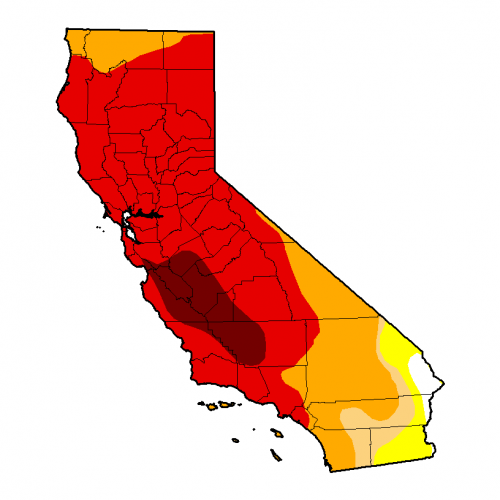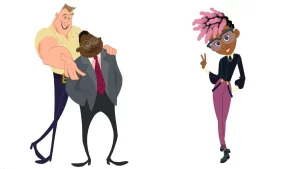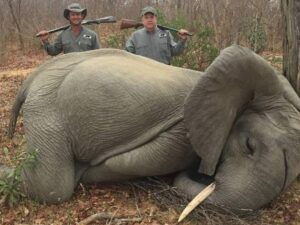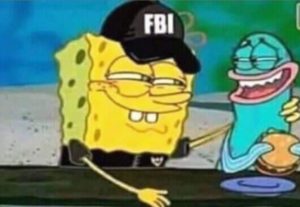
California is in an EXTREME DROUGHT.
If you didn’t know that, just check out your local CA freeway, which uses a costly Amber Alert system to remind you of that, as if there’s no other more important message the state could be broadcasting.

its srs guise!
Look at this scary photo of Folsom Lake near Sacramento.

For reference, here’s the lake on July 20, 2011–just three years ago:

However, Folsom Lake is just a dammed (and judging by the top pic, damned) portion of the American River in Northern California.
It was dammed in 1955. The drought revealed Mormon Island, which was flooded by the dam when it was built.
For reference–here’s what it used to look like.

DROUGHT!
Nestle has come under fire for bottling Arrowhead Water at a spring in Millard Canyon, near the Coachella Valley of California.
The company has been drawing water for more than a decade from wells near a spring on the Morongo Band of Mission Indians’ reservation, but neighbors have grown concerned about the operation as the statewide drought continues into its third year.
However, this is an area not under state control.
It belongs to the Morongo Indian Tribe (and Casino!), which signed a 25-year agreement to bottle Arrowhead at the site after buying water rights back from the state.

the thirst is real
In order for the agreement to work, it would make sense to keep the water flowing throughout the agreement.
Farmers don’t harvest their crops then burn everything to the ground.
There is no point in having a 25 year agreement and then sucking all the water dry in just a few. Nestle has more incentive to keep the water flowing than a state water monitor does. Also, there was a super cereal historical drought from 2006 to 2011 in California, but nobody seemed to notice or care that Nestle was bottling water on Indian land.
The drought is not some newfangled by product of global warming either:
Drought became particularly severe in California, with some natural lakes drying up completely in 1953. Southern California was hit hard by drought in 1958-59, badly straining water resources.
Drought continued in parts of California in the early 1960s. Southern California recorded their worst drought of the 20th century in 1961.
Short term droughts hit particular spots of the United States during 1976 and 1977. California’s statewide snowpack reached an all-time low in 1977. Water resources and agriculture (especially livestock) suffered; negatively impacting the nation’s economy. This drought reversed itself completely the following year.
The Western United States experienced a lengthy drought in the late 1980s. California endured one of its longest droughts ever observed, from late 1986 through early 1991. Drought worsened in 1988-89, as much of the United States also suffered from severe drought. In California, the five-year drought ended in late 1991 as a result of unusual persistent heavy rains, most likely caused by a significant El Nino event in the Pacific Ocean and the eruption of Mount Pinatubo in June 1991.
From 2006-2011 the state of California endured through a five-year drought. First declared by Arnold Schwarzenegger in 2008, as he tried to win voter support for an $11 billion bond to build new water projects, such as new dams and peripheral canals. The State legislature moved the bond ballot measure to 2012, but as of April 2014, has again re-scheduled to the November 4, 2014 election. California officially ended its drought in March 2011, when Governor Jerry Brown deemed the “drought emergency” over.
In 2013 and early 2014, the California drought returned and intensified. The year 2013 shattered low precipitation records everywhere in California, with very little measurable rain falling across much of the state from January 2013 into mid-February 2014.
Like your ex, California droughts just keep coming back for more.
Global warming…excuse me, “climate change activists”, consistently claim that “weather is not climate”.
Which is right.
Climate is a pattern over many years.
And the pattern says: about every decade, there’s going to be a drought in California.
Let’s go back a little bit further.
In fact, let’s go back a thousand years—when natives lived in California, didn’t have casinos, and lived entirely off the land (no factories, no cars with heated steering wheels, no dams, no carbon emissions by mankind except the occasional campfire).
The PDSI, or Palmer Severity Index, measures drought. Wetter years are positive numbers, drier years are negative numbers.

From 1000-1180 and 1120-1280 there were two mega-droughts (scary!), or half-a-century periods where the PDSI was on average a -2. PDSI was also negative on average (meaning drought) roughly during these periods:
- 1200-1300
- 1400-1450
- 1560-1720
- 1740-1760
- 1780-1820
- 1860-1870
- 1880-1910
- 1930s
- 1940-1970
- early 1980s
Actually, according to historical data, California is actually going through a moister than average period.
EXTREME HISTORICAL DROUGHT?
Not so much.

the thirst is not real








